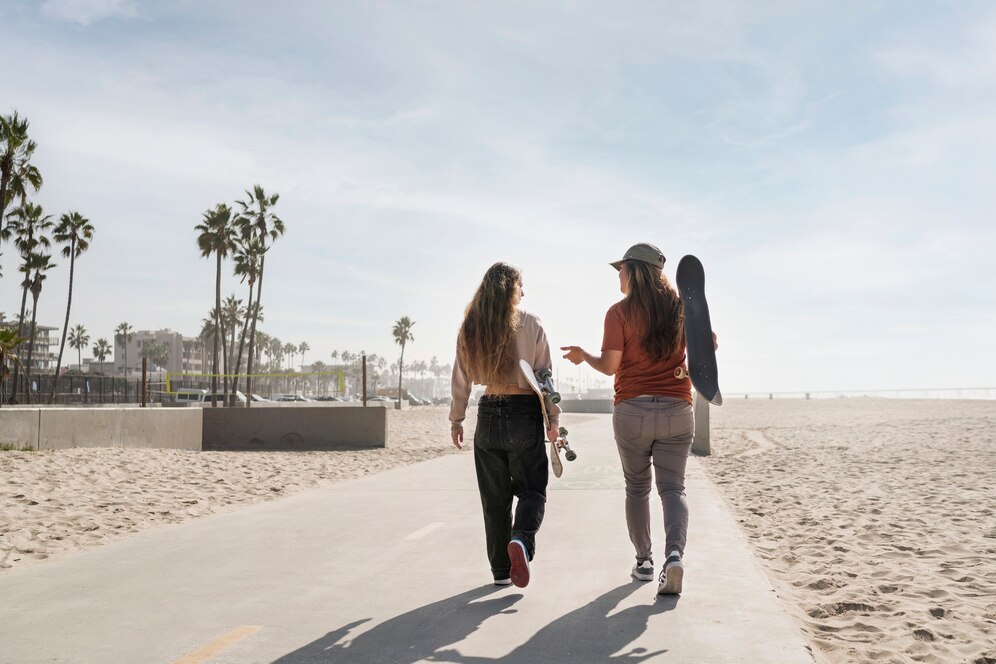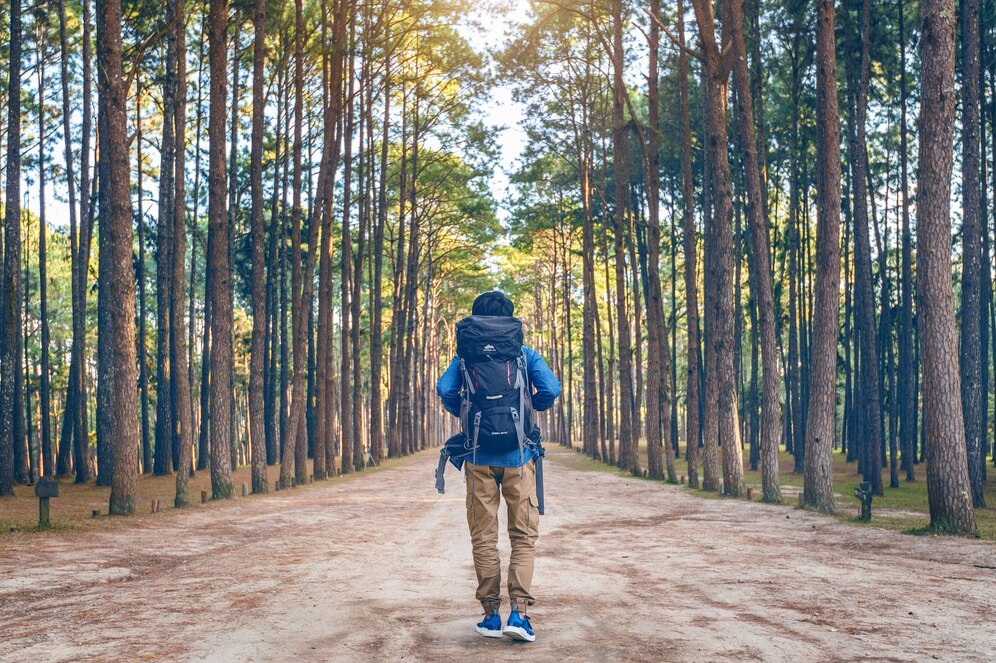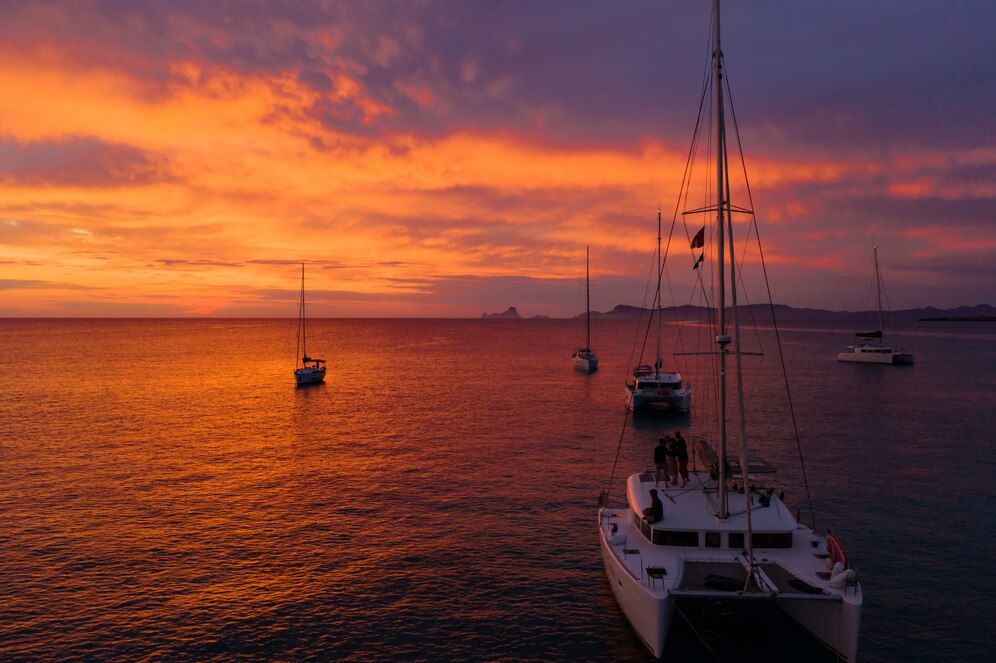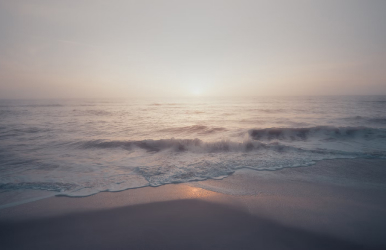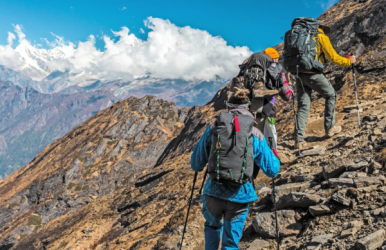10 Tips For Trekking In Nepal: A Beginner’s Guide
BY Sibashree Mar 21, 2025
Nepal has remained one of the best trekking destinations in the world, catering to every kind of adventurer. From the famous Everest Base Camp to the famous Annapurna Circuit and the much-demanding Kanchenjunga Base Camp trek, the trekking routes in Nepal are also the litmus taste for the most seasoned trekkers. So, preparation is very crucial to make your trekking expedition safe and enjoyable. In this Tour and Travel Blog, we will quickly touch upon some helpful tips for your treks in Nepal. Best Tips For Trekking In Nepal: Approved By Local Guides And Seasoned Trekkers Trekking in Nepal is like a dream come true moment for mountain lovers and adventure seekers. Further, with a renewed focus on sustainability, Nepal is now committed to offering the best trekking experience that aligns with environmental values. Along with the beauty of the mountains, the trekking routes here are pathways to learning about local culture, heritage, and diverse wildlife. Nevertheless, the bounty or the fruit of the treks does not come easily to you. In fact, the trekking routes will throw you challenges. So, you need to do the following preparations before you hit the mountains. 1. Choose The Right Trek Trekking in Nepal is ideal for trekkers across all expertise ranges. They welcome beginners and the ones with years of experience. However, if you are a beginner, the Everest Base Camp Trek helicopter return and the Annapurna Circuit treks are not for you. These are for the most seasoned and the fittest hikers. Rather, you can focus on the Langtang Valley treks, Helambu Trek, and Ghorepani Poon Hill Trek. So, assess the altitude, trek duration, and difficulty of a trek route to make the right choice. 2. Train Before You Go For Trekking In Nepal Physical and mental training can make your body used to the long hours of travel and walking for days or weeks. Further, you must start training for the trek at least two to three months before you start trekking. During physical training, you must focus on your muscles and leg strength. Also, you must practice carrying extra weight so that trekking with your backpack becomes easier. These exercises or practices will help you adjust to what you’ll experience on the trails. Moreover, working on your weight and getting in better shape will reduce fatigue and make your trek much more enjoyable. 3. Pack Smart And Light For Trekking In Nepal Packing light and wise is the ultimate tip for trekking in Nepal. Make sure that you only carry the things you need to avoid carrying extra baggage. Check out the table below to have some ideas about the things you need. ClothingFootwearWeather ProtectionWarmthAdditional ItemsBreathable, long-sleeved shirtsLightweight trekking pantsFleece pullover or jacketThermal socks for colder areasStrong, waterproof hiking bootsGaiters for snowy or muddy trailsWaterproof jacketFleece or wool beanieSunglasses with side shieldsSleeping bag and linerInner gloves or thermal glovesNotebook and penSun hatLip balm SunscreenTowel In addition to the essentials mentioned in the table, you need to carry a small kit with bandages, blister treatment, pain relievers, and personal medications. Further, you will need soft flasks or reusable water bottles. You can even choose insulated water bottles, and don’t forget to keep the purification filters and tablets handy. Moreover, you will need a headlamp with extra batteries, and your backpack must have a solid frame with multiple compartments and adjustable straps. 4. Get The Necessary Permits When you plan a trek in Nepal, you have to bring the right permits. Most trekking routes require a Trekking Information Management System (TIMS) card. You’ll also need entry permits for national parks or conservation areas like Everest, Annapurna, or Langtang. These permits not only ensure your safety but also support local communities. Further, If you’re heading to restricted areas such as Upper Mustang or Dolpo, a special permit is mandatory. Get these permits, carry your passport, visa copies, and passport-size photos. Moreover, hire a guide from a registered agency if you are doing solo trekking in Nepal. 5. Hire A Guide Or Porter For Trekking In Nepal A local guide shares valuable knowledge about the culture and trails, and porters can help by carrying heavy loads, allowing you to trek comfortably. Further, on remote and high-altutde routes, you will need a guide and porter for safety. Moreover, by hiring a guide or porter, you can support the community and promote sustainable tourism. Overall, having a guide or porter enhances your trekking experience while positively impacting the region. 6. Acclimatize Properly When Trekking In Nepal Trekking in Nepal comes with the risk of altitude sickness. To stay safe, you have to follow the ‘climb high, sleep low’ rule. The rule means ascending during the day and sleeping at a lower altitude. This is essential for a successful peak climbing experience. For example, during your Everest Base Camp trek, you can acclimatize at Namche Bazaar and ensure a successful peak climbing experience. Further, staying hydrated is crucial while trading the high-altitude routes. So, drink four liters of water every day. 7. Respect Local Culture When Trekking In Nepal As you pass through the local villages during trekking, you must be respectful of local traditions. Greeting people with “Namaste” is a warm and respectful way to say hello! Be polite and show interest in their in their way of life. Dress modestly, covering your shoulders and knees, especially in religious areas. Further, always ask for permission before photographing locals or sacred sites. Respect customs such as removing shoes to enter temples and walking clockwise around stupas. These small acts of respect go a long way in your relationship with the locals. 8. Be Environmentally Responsible Keep Nepal’s trails clean and beautiful, and follow simple eco-friendly habits. Always carry a reusable water bottle to cut down on plastic waste. Further, you must dispose of trash and use biodegradable soap to protect water sources. Stick to marked trails to avoid harming plants and animals. Also, avoid using single-use plastics and choose lodges that support sustainable practices. In addition, you have to be respectful to the local community by preserving cultural sites and keeping the noise levels low. 9. Prepare For Unpredictable Weather Trekking in Nepal will surprise you with changing weather conditions. A moment you can see bright sunlight and the next moment everything can be covered in snow, fog and rain, making it very difficult for you to trek. The change of weather conditions is also crucial if you want to go for a mountain view helicopter tour. Further, to stay warm, you must dress in layers and carry a rain jacket. 10. Enjoy The Trekking Journey Enjoy your journey to the fullest when trekking in Nepal. Indulge in the scenic views and immerse in the local culture and hospitality. Make the trek or the journey all about acquiring meaningful experiences and just being present in the moment.

